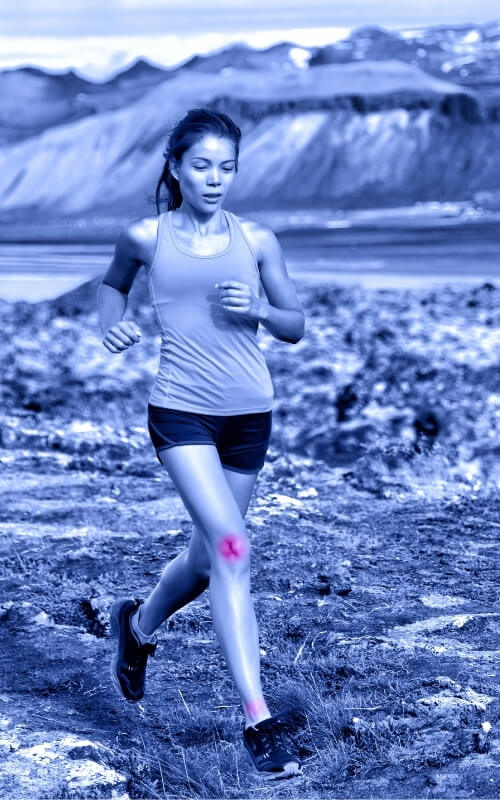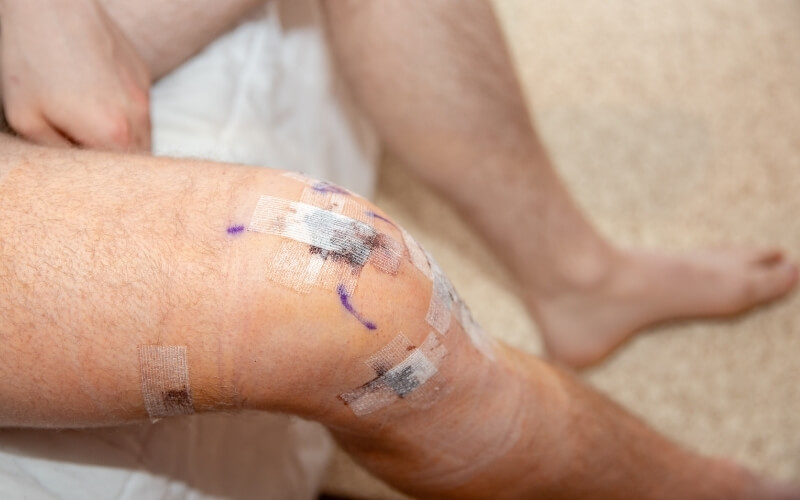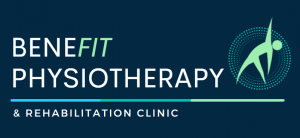Anterior Cruciate Ligament (ACL) tears are a common sporting injury and they continue to become more and more common. It results in an immediate loss of function and often comes with a hefty rehabilitation period.
Because the ACL is unable to repair itself, the most common treatment for this injury is surgical repair. However, there are different types of ACL repairs that are available and each has its advantages and disadvantages.
This article intends to provide a simplified overview of the different types of ACL surgeries that are currently used.
Please note that although these options are widely used, the technique that your surgeon uses will likely depend on the surgeon’s preference and which technique they are trained to perform.
In Australia, the most widely used treatment method for ACL reconstructions is the hamstring graft. Other types of ACL reconstructions include patella tendon grafts, quadriceps tendon grafts, allografts and synthetic grafts.
Who Is At Risk Of ACL Tears?
Data published on the occurrence of ACL tears allows us to identify population groups that are more likely to suffer from an ACL tear. Unfortunately, in many cases the risk factors are not modifiable and generally shouldn’t be acted upon.
A good example of a non-modifiable risk factor in ACL tears is gender. Females are shown to be more susceptible to ACL tears than males. It’s shown that when comparing people who are the same age, females are estimated to be 4.5 times more likely to experience an ACL tear.
Although there’s no clear data on the reason for this, it’s hypothesized that the increased risk in females is due to structural differences in the knee, genetic differences related to collagen production, hormone levels, hip width and valgus leg alignment.

Along with gender, a non-modifiable risk factor that increases your chances of an ACL tear is age. Age risk is highest in 14-21 year olds and gradually reduces with age up until 45 years old.
On the lower end of the scale, it’s unlikely for children under 14 to sustain an ACL tear because the forces they’re able to generate while playing sport will not be sufficient enough to cause a tear.
On the other end, generally people over 45 are reducing the amount of sport they will play or at least participating in less risky sports.
Another risk factor in ACL tears is participation in certain sports in which the ACL is vulnerable. As identified in Part 1 of this ACL post, the ACL is most vulnerable when a twisting force is placed onto the knee and the excessive rotation causes the ACL to tear.
This mechanism is more commonly observed in sports such as soccer, rugby, basketball, netball and skiing. If you play one of these high risk sports it is advised that you regularly undergo an ACL prevention training program.

This one may seem obvious, but another risk factor for tears in the ACL is previous injury.
Generally speaking, the ACL graft implanted by the surgeon will not be as strong as your original ACL. Because of the reduced strength of the new graft there is a greater chance that you will sustain an ACL tear if you’re being exposed to high risk activities which put the knee under strain.
It’s estimated that the risk of tearing a repaired ACL is 15% higher than tearing your original ACL.
Types of ACL Reconstructive Surgery
After I graduated from university I made the assumption that questions like “Which graft is best for me?” and “Can I choose my own graft?” would be questions directed to the surgeon (who is far more qualified to answer these questions compared to a physiotherapist).
In reality most people aren’t aware of these options before they see the surgeon. Therefore, the general order of events is
- See the surgeon
- Research the operation
- Ask your physio these questions.
So to eliminate (or at least reduce) confusion, I’ve compiled some basic information about the different types of ACL surgeries and some of the terminology you’ll likely come across.
Note that the surgical method implemented will often be determined by your surgeon. Most knee surgeons are trained to perform various types of ACL surgeries but will have a preferred method which gives them the best results.
What are the different types of ACL grafts?
Grafts By Material
The first consideration of the type of ACL graft is where it will be harvested from.
- Autograft: The ACL will be constructed from another part of your own body
- Allograft: The ACL is constructed from a part of someone else’s body (donor graft)
- Synthetic graft: The ACL will be constructed from a synthetic material and not human tissue
In Australia, the most widely used method for ACL reconstructions is the autograft. This is because it provides good structural stability, has good long-term results and carries the lowest risk of complications. The down side of the autograft is that the surgeon will need to cause damage in another area of the body which can lead to secondary complications. However, surgeons are selective in which body part they will harvest and will always try to minimise long-term injury.
The use of an allograft has similar benefits to the autograft without causing damage elsewhere in the body. The added risk of this method is tissue rejection. This is where the body views the implanted ACL as foreign material and will attack it to eliminate it from the body. Although this risk is small, the consequences from this can cause major setbacks in your recovery.
In comparison, synthetic grafts are rarely used for ACL reconstructions. The great benefit of these grafts is that the use of a synthetic material means much shorter healing times and quicker return to sports. However, the synthetic material doesn’t adequately withstand high forces in sports and has a greater rate of re-rupture which has poor long-term outcomes. It’s believed that with advancements in medical technology that synthetic grafts will eventually become the preferred method for reconstruction.
Grafts by Harvest Point – Different Types of Autografts
As mentioned above, there are several different body parts that surgeons can use to replace the torn ACL. The most commonly used are the hamstring graft, patella tendon graft and quadriceps tendon graft.
Hamstring tendon grafts are the most widely used method of reconstruction in Australia. It uses tendons from the hamstring and combines them to form a strong graft which can be implanted into the knee. Generally the strength of the hamstring returns without complications.
A patella tendon is the tissue that connects the knee cap to the shin bone. The key difference between a hamstring and patella tendon graft, is that the patella tendon graft allows the surgeon to harvest the tendon with a bit of bone on either end. They will do this because bone connects to bone far better than tendons connect to bone. This is designed to give the ACL graft greater strength following reconstruction. However, the down side is that the extra bit of bone taken from the knee cap can cause long-term pain (patellofemoral pain syndrome).
The final graft type is the quadriceps tendon graft. This graft is taken from the top side of the knee cap with bone on one end and tendon on the other end. The use of a bony end to allow greater integration of the graft into the reconstructed knee gives it good structural stability. There are still some complications causing long-term quadriceps tendon pain, but these complications are less than the patella tendon graft.

In the end, your surgeon will determine which graft type you have based on their preference and which poses the least risk of long-term complications.
It is unlikely that your graft type will reduce your rehabilitation and return to sport period post-surgically.
It’s important to undergo a strict physiotherapy rehabilitation program to reduce your risk of future injury. Most surgeons will advise that you undergo physiotherapy before and after the ACL reconstruction to achieve the best results.
Contact us to start your physiotherapy ACL rehabilitation.
One-on-One Physiotherapy Care - Complete Attention - You Deserve It !
Contact Us today to find out how we can help you.


